While the 26 January commemorates our Australia Day, it also marks the dedication of Centennial Park to the people of NSW, making 2018 the year of its 130th Birthday.
One of Australia’s best known and loved public parks, Centennial Park is one of the most historically significant in our nation’s history, surviving the daily struggles of drought, environmental degradation, and the strains of surviving a modern urban environment. Its story involves extraordinary characters, bold and challenging thinking, leaders who pushed through adversity to succeed or despaired as a result of drought and failure.
Today Centennial Park covers 220 hectares and is one of the three major urban parks that make up Centennial Parklands. It is a haven amid Sydney’s densely populated eastern suburbs with over 31 million visitors annually to the grand old park and surrounding Parklands. It is and will always be affectionately known as “The People’s Park”.
Here is an overview of our grand Park’s historic timeline marking its great milestones and moments that mark its history.
Origins of “The People’s Park
Centennial Park was constructed by hundreds of unemployed men on land that was originally a swamp and then set aside for the water source for Sydney. It was designed as a Victorian-era park, complete with wide avenues and statuary.
Centennial Park’s was dedicated by Sir Henry Parkes on Australia Day, 26 January 1888, as a public open space for the enjoyment of the people of NSW.
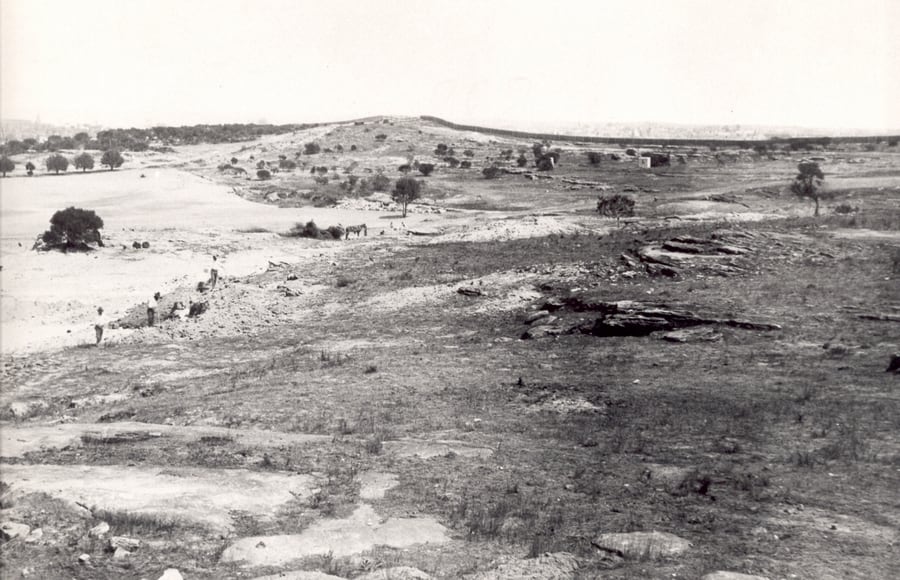
Centennial Park pre-construction c1980
The National Stage
On 1 January 1901, Centennial Park was chosen as the site of inauguration of Australian Federation. Some reports said that 250,000 people gathered along the procession route and in Centennial Park to witness the proclamation of the Federal Constitution.
The Federation Pavilion proudly stands near Grand Drive, surrounded by open space, commemorating that event and its ongoing meaning for our nation.
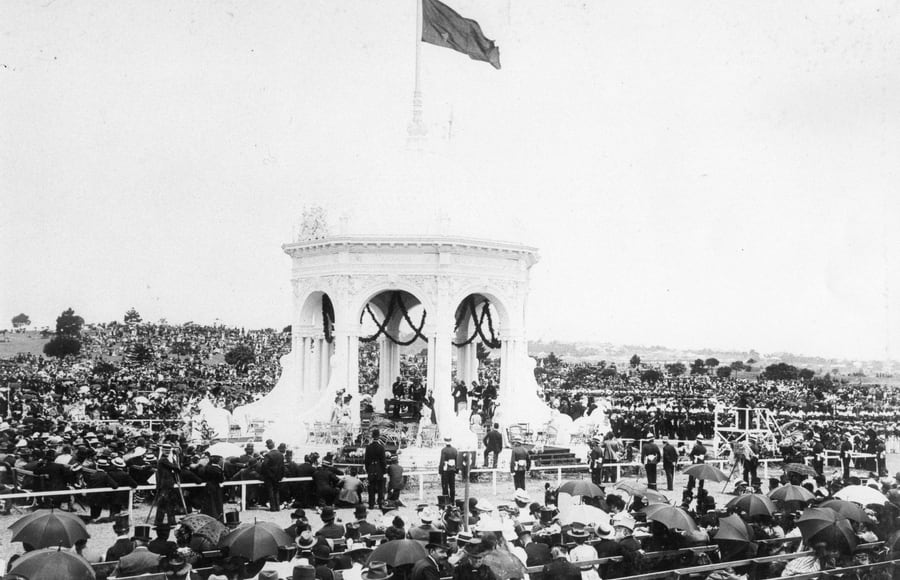
On Australia Day, 26 January 1888, Centennial Park was officially opened as part of the week-long centenary celebrations of European settlement in Australia attended by ‘thousands’ of people.
Centennial Park’s evolution
Although officially open, Centennial Park was far from finished. More than 450 men worked over coming years on fencing, soil preparation, footpaths, asphalting roads and rock blasting to bring the Park to completion. Read more on Centennial Park’s growth here.
As Centennial Park grew and developed over the next 30 years, so did the uses of its space. The impact of the World War II saw Centennial Park occupied by the military, and the Park’s open green spaces were chosen for celebrations and events over the years.
After the World Wars, Centennial Park was the focus of a number of public protests, many of which involved the issue of passive and active recreation, and private versus public use.
The most influential protest occurred in 1972, when a green ban was placed on Centennial Park as part of the Green Bans Movement across Sydney.
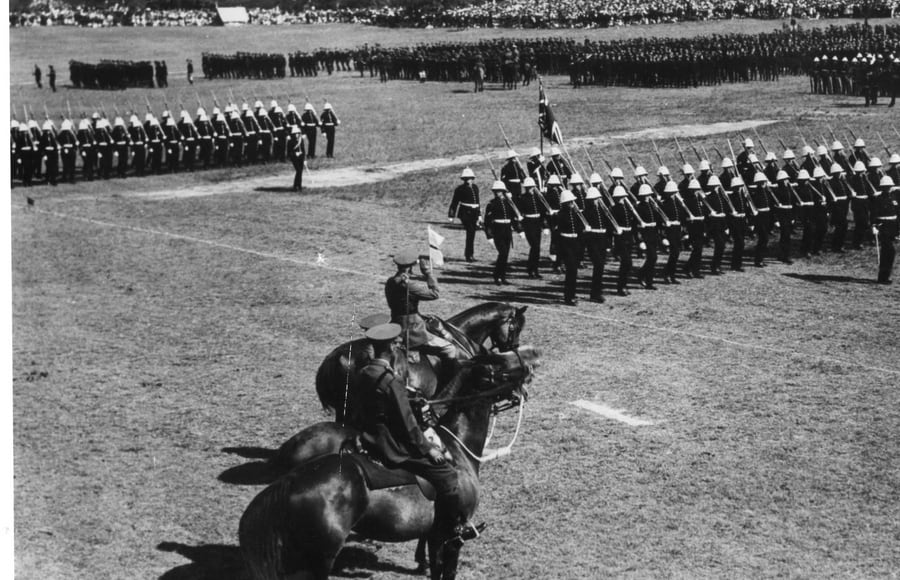
During World War II, Centennial Park occupied by the military.
Creating a Trust
In 1980, Centennial Park, Botanic Gardens and Government Domains were transferred to the administration of the Premier’s Department, and Centennial Park was given its own administration.
In 1982 John Mortimer was appointed the first Director of Centennial Park and an independent management unit under the Premier’s Department was established.
The Centennial Park Trust (which today is known as the Centennial Park and Moore Park Trust) was established in 1983.
The Centennial Parklands Foundation, the Parklands independent charitable organisation, was established in 1999 to raise funds and awareness to support and enhance the three magnificent parks of Centennial Parklands. This year the Foundation celebrates its 20th Anniversary.
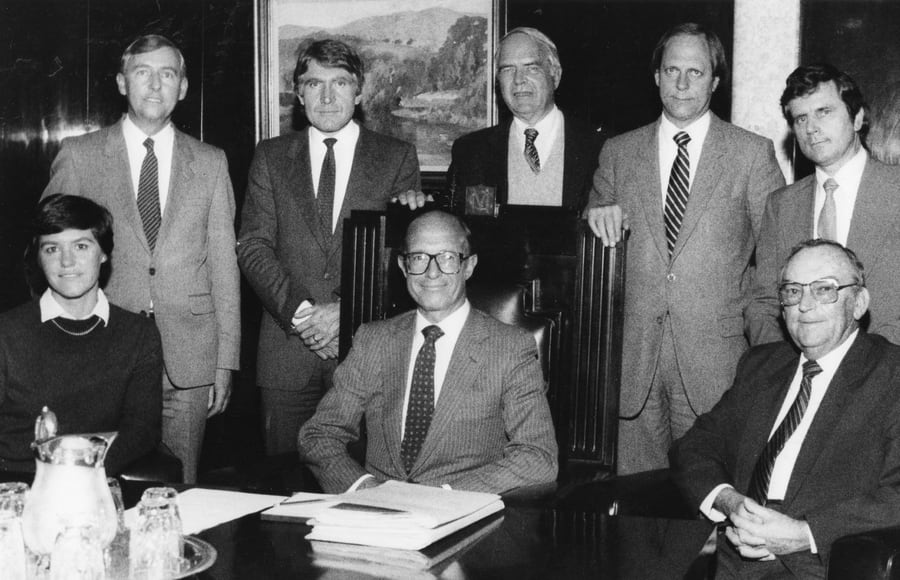
1983, the formation of the Centennial Park and Moore Park Trust
Back of the national and international stage
In 2000, Centennial Park became an integral part of a number of Olympic events – including the Sydney Marathon, cycling events.
In 2001, Australia celebrated the Centenary of Federation, and once again Centennial Park was the centre of many celebrations on 1 January.
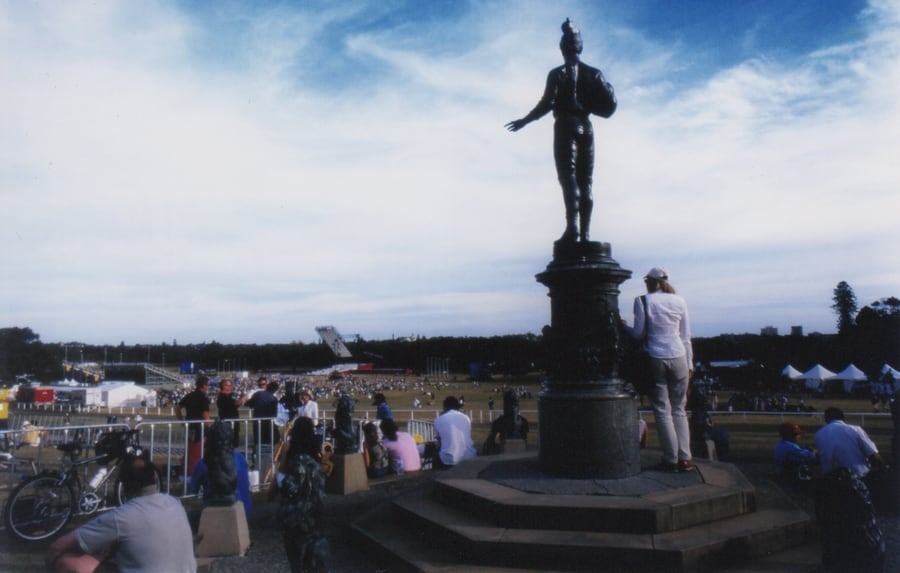
Centenary of Federation event in Centennial Park 2001
125th celebrations
From 18 to 27 January 2013, the community celebrated the 125th Anniversary of Centennial Park with a great free community event called “The Light Garden”. More than 30,000 people came to enjoy the sights and festivities. See more from the event here.
In Centennial Park’s 125th year, the Trust also released the Park’s first ever Master Plan which provides a blueprint for the management and direction of the Park over the next 25 years. Learn more about the Centennial Park Master Plan 2040 here.
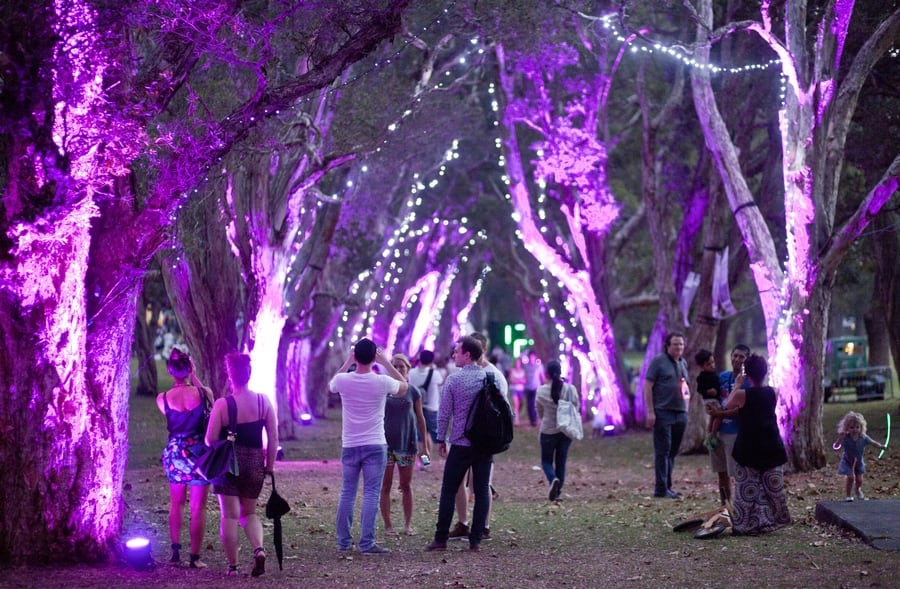
Centennial Park’s 125th Birthday event, The Light Garden, was attended by nearly 30,000 people over 10 nights
Centennial Park today
Centennial Park provides generations of Australians with a space to play, relax or be entertained. It is a playground for adults and children alike and one of the world’s few inner-city parks to offer horse riding facilities. It is home to diverse flora and fauna and many significant tree plantings dating back to the early 20th century, including Norfolk Island pines, Port Jackson figs and Holm oaks.
In the last few years Centennial Park has been leading the way in environmental education with most of its education programs and activities teaching the art of nature play. This is supported with the recent opening of the widely-successful Ian Potter Children’s WILD PLAY Garden in 2017 inside Centennial Park, attracting thousands of families and children per month.
Even after 130 years, Centennial Park breathes new life into our great city as its “green lungs” and is valued by our visitors for its nature, beauty, landscape, environmental value, a place to spend time with others and a place of entertainment. It is truly “the People’s Park” and will continue to be if we all support, engage, protect and communicate the story of this extraordinary Park and its history.
Watch our new video below and see what Centennial Park is like today….
Learn more about Centennial Park’s history by reading The People’s Park: Centennial Park – A History. Released to celebrate the 125th Anniversary of the Park, the book details the politics, bickering and envy of the early days, its status as Australia’s most important experimental horticultural display venue, to its decline and fall into near ruin…before its phoenix-like rise again to be the wonderful place we know and love today. Find out more and how to get your copy here.
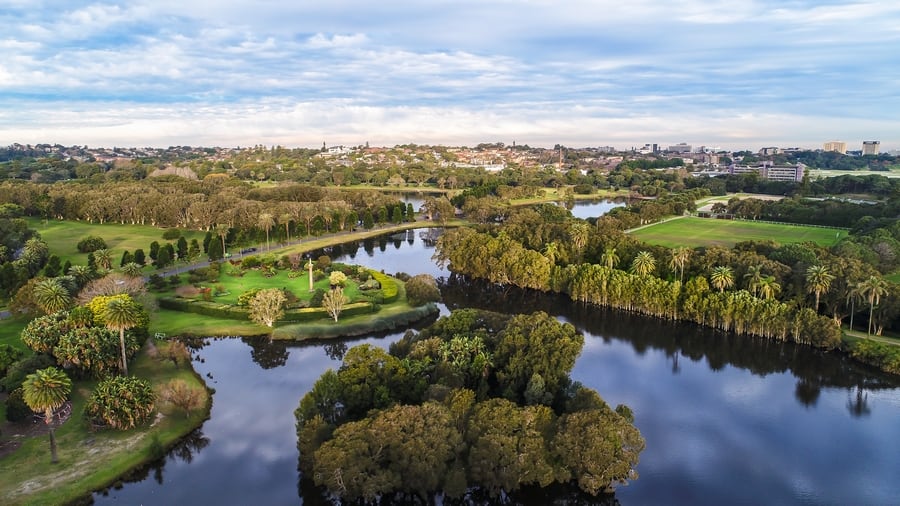
Centennial Park today
If you like this post please share and post tagging us with @centparklands #CentennialPark130!